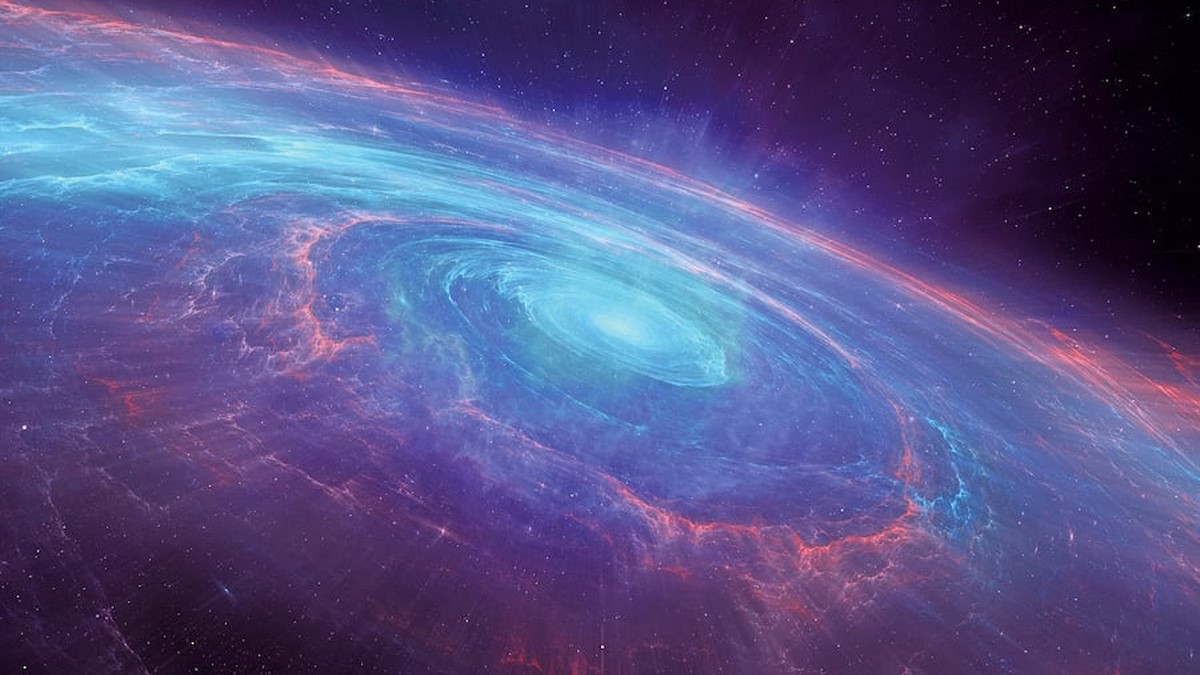|
Getting your Trinity Audio player ready...
|
According to a group of scientists, neutrinos may hold the key to unlocking the riddle of the universe’s beginning, but in order for studies to provide high-precision results, “significant upgrades” to models of these particles are first required. According to research conducted at the Thomas Jefferson Accelerator facility of the US Department of Energy, “the result is, in fact, to point out that there are aspects of energy reconstruction methods and models that need to be improved” for ongoing projects to achieve the accuracy required to meet their intended goals. According to a statement by Thomas Jefferson, preparations are already under way for two significant €1 billion (approximately $1.12 billion) studies to unveil the secrets of these particles. Neutrinos may hold the key to finally unlocking the puzzle of the origins of our matter-dominated universe.
What are neutrinos?
Neutrinos are abundant throughout the universe and are produced in vast quantities by stars. These “shy particles,” though common, hardly ever interact with matter, which makes research on them incredibly challenging. Their observations rely on theories that describe how neutrinos interact with atomic nuclei. Neutrinos cannot be directly detected, but they can be indirectly detected by looking at the particles that are released when neutrinos contact with atomic nuclei. To get the most out of the next trials, the authors of the study contend that a greater comprehension of their interactions with matter is required.
Neutrino oscillation
Neutrino oscillation is the name of a phenomena where neutrinos switch from one type to another. Mariana Khachatryan, the study’s co-author, explains that the topic is intriguing to research because it is poorly understood. Construction of massive, incredibly sensitive detectors to measure neutrinos underground is one method of investigating this oscillation.
The help of a “humble particle”
Numerous models that aid in accurately simulating specific aspects of the interactions between neutrinos and nuclei are combined into the theoretical simulation known as Genie. Because of how little is known about neutrinos, study has focused on the electron, “a modest particle” that physicists are far more familiar with (the two have many things in common).
Afroditi Papadopoulou, another study signatory, said, “We utilized exactly the same simulation that neutrino experiments use, and we employed the same corrections. She concluded, “The model would never work for neutrinos if it doesn’t work for electrons, where we’re talking about the simplest situation. To ensure that the DUNE (US) and Hyper-Kamiokande (Japan) experiments can produce the anticipated high-precision results, the team’s objective is to obtain broad agreement between the data and the models.


